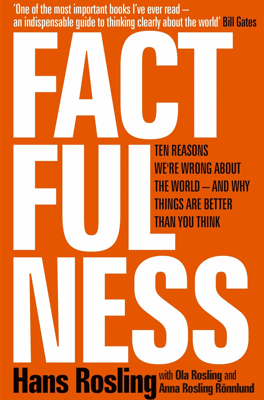The Straight Line Instinct
The Frightful Epidemic Graph
On a day in September 2014, Hans Rosling faced a chilling statistical graph predicting the rapid and exponential growth of Ebola cases. Awakening to its severity, Rosling took immediate action to reorganize Gapminder’s focus towards addressing this crisis, eventually flying to Liberia to lend his expertise firsthand.
The Myth of Perpetual Population Increase
A widely held misconception is that the world's population will perpetually increase unless drastic measures are taken. Rosling debunks this by explaining that the rate of global population growth is actually slowing down. He stresses that there’s a misunderstanding about population trends, exacerbated by the straight line instinct, leading many to believe in an unending increase.
Mega Misconception: Just Increasing
Rosling clarifies that although global population is increasing, UN experts expect the numbers to stabilize at around 2 billion children by 2100, shattering the alarmist view of an ever-expanding population.
Demystifying Population Growth Dynamics
Multiple visual aids and statistical data show the transformation in population dynamics, emphasizing a shift from high birth rates to more stabilized figures due to improvements in living standards, healthcare, and education. This shift is already under effect, manifesting in a flat population growth rate soon to reach "peak child."
Addressing Public Misconceptions
Despite presenting clear evidence, many remain skeptical about population stabilization, often citing regions or groups with high fertility rates as counterarguments. Rosling points out that these are exceptions rather than norms.
Misunderstood Implications of Saving Lives
Rosling confronts a contentious argument suggesting that saving lives in impoverished regions contributes to overpopulation. He argues the opposite: better healthcare and reduced child mortality lead to smaller family sizes as parents no longer need "insurance" children due to high infant mortality rates.
The Various Shapes of Growth
Rosling concludes by illustrating that trends and developments rarely follow a straight line. He employs different graphical representations—such as S-bends, slides, and humps—to illustrate various phenomena and encourages stepping away from the instinct to view changes as linear. This helps in understanding complex dynamics without succumbing to oversimplification.
Through Factfulness, Rosling educates on the straight line instinct, crucial for accurately grasiving world growth trends and working towards sustainable global solutions.
